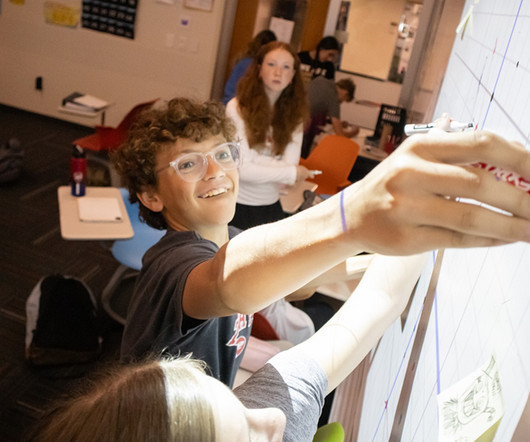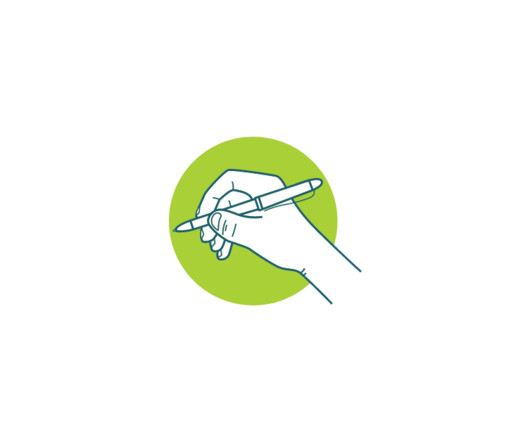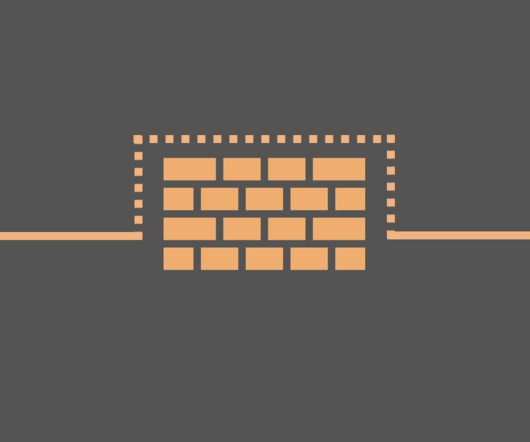5 ways to leverage UDL for student inclusivity
eSchool News
JANUARY 1, 2018
Inclusive educators often use Universal Design for Learning (UDL) to provide students with consistent access to engaging content and effective paths for achieving educational goals in classrooms where they experience a greater sense of belonging. This way, students have auditory and visual input—more than just one mode.












Let's personalize your content